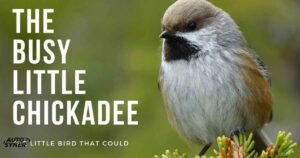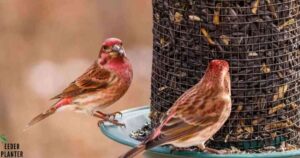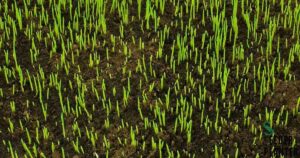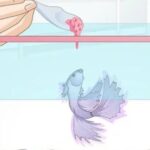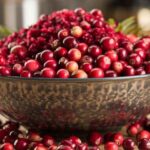A chestnut tree is a deciduous tree known for its distinctive, toothed leaves and the edible nuts it produces. It belongs to the genus Castanea and is valued for both its timber and culinary uses.
Beneath the rustling canopy of ancient chestnut trees, secrets whispered by time itself dance on the breeze.Ever you wonder How To Plant a Chestnut Tree From Seed? These majestic sentinels of the forest stand as silent witnesses to the ebb and flow of centuries, their gnarled branches cradling tales of resilience and endurance.
These are known for their iconic serrated leaves and the production of edible chestnuts. With a rich cultural history and economic significance, these trees thrive in temperate regions globally, contributing to both forestry and culinary landscapes. While some species face challenges from chestnut blight, ongoing efforts focus on preserving and restoring these valuable arboreal resources.
Understand Where Chestnut Trees Grow Best
Chestnut trees (genus Castanea) thrive in specific environmental conditions, and understanding where they grow best is crucial for successful cultivation. Here are some key factors to consider:
Climate
- These trees generally prefer temperate climates with distinct seasons.
- They are well-suited to areas with cold winters (around 700-1,000 chilling hours) to ensure proper dormancy, as this helps break bud dormancy in spring.
- Summer temperatures should be moderate to warm for optimal growth.
Temperature
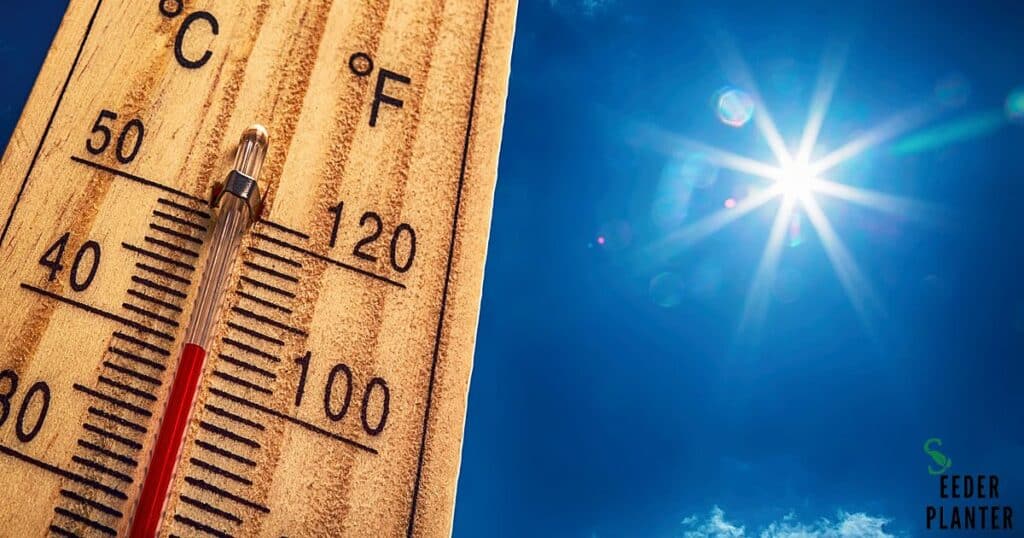
Chestnuts prefer areas with a mean annual temperature ranging from 50°F to 70°F (10°C to 21°C).
- Extreme temperatures, especially late spring frosts, can negatively impact blossoms and subsequent nut production.
Rainfall
- Adequate and well-distributed rainfall is important for them. They prefer regions with an annual rainfall between 30 and 60 inches (76 to 152 cm).
- While these trees can tolerate drought to some extent, consistent moisture is beneficial for optimal growth and nut development.
Soil Type
- It can thrive in well-drained soils. Sandy loam or loamy soils are ideal.
- They are adaptable to a range of soil pH levels but prefer slightly acidic to neutral conditions (pH 5.5 to 7).
Elevation
- This tree can be found at various elevations, but they often do well in hilly or mountainous regions.
- While they can grow at lower elevations, they may face challenges in very low-lying areas prone to poor drainage.
Sunlight
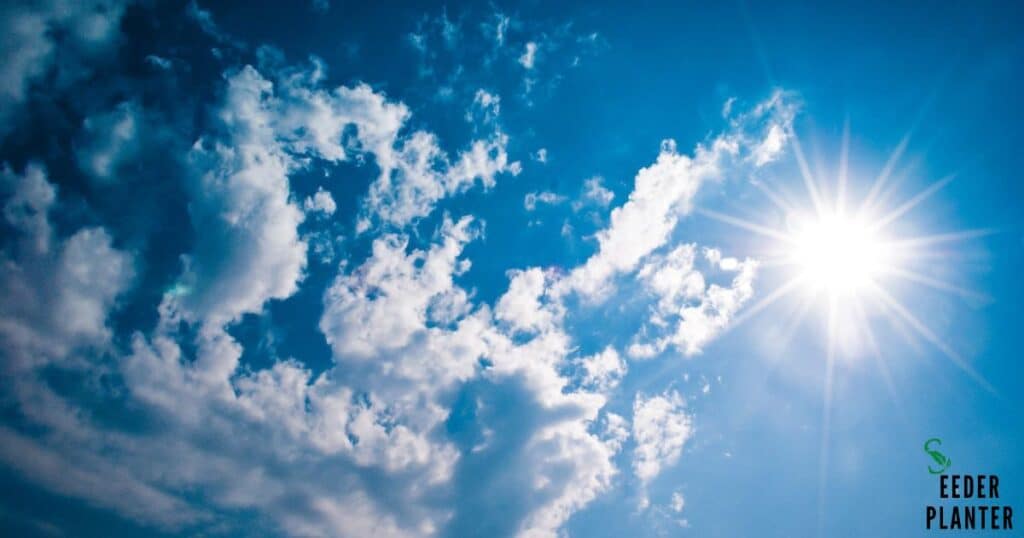
These types of trees require full sunlight for optimal growth and fruiting. They should be planted in locations that receive at least 6-8 hours of direct sunlight daily.
Wind Protection
While it can tolerate some wind, planting them in locations with wind protection can prevent damage to young trees and promote healthy growth.
Hardiness Zones
Different species and varieties of trees have varying cold hardiness. Check the specific hardiness zones for the particular type of chestnut tree you are planting.
Choose Your Planting Method for How To Plant a Chestnut Tree From Seed?
The choice of planting method can depend on various factors such as the specific type of chestnut, local climate, soil conditions, and personal preferences. Here are a few common methods:
Direct Seeding
Planting them directly in the ground is a natural and straightforward method. Choose a site with well-drained soil and follow the steps mentioned in the previous response for planting chestnut seeds directly into the ground.
Container Planting
- Start chestnut seeds in containers, allowing for better control over soil conditions and early growth. This is particularly useful in areas with challenging soil or climate conditions.
- Transplant the seedlings into the ground when they are large enough to withstand outdoor conditions.
Grafting
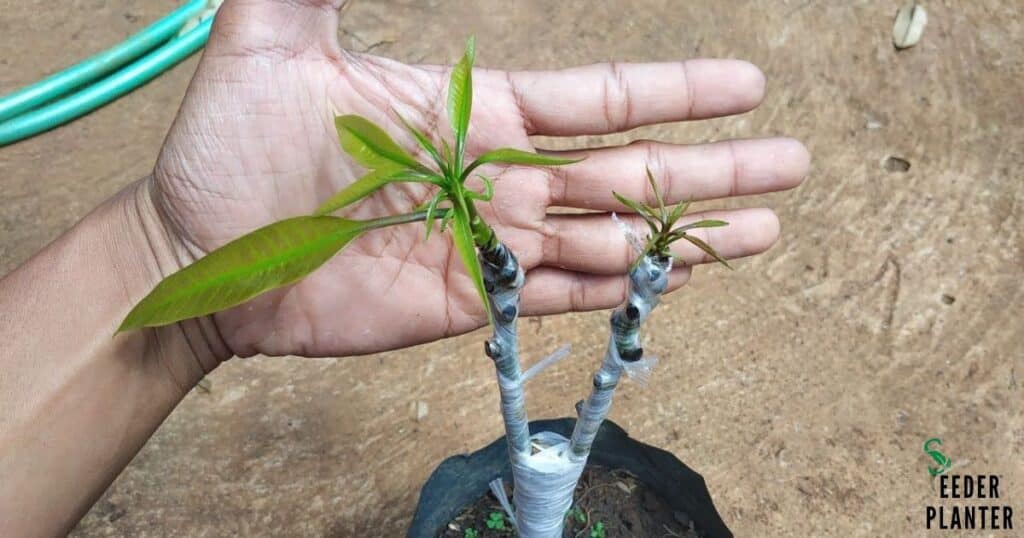
- Propagate chestnut trees through grafting to ensure the new plant inherits the desired characteristics of the parent tree.
- This method is often used for cultivated varieties to maintain specific traits.
Bare-Root Planting
Purchase chestnut seedlings with bare roots. Plant these seedlings directly into the ground during the dormant season, following proper planting techniques.
Stump Sprouting
Some species can reproduce by stump sprouting. If you have a mature chestnut tree, you can encourage new growth by cutting it back to the stump. Shoots may emerge from the stump and develop into new trees.
Air Layering
Air layering is a method of propagation where a portion of a branch is induced to root while still attached to the parent tree. Once roots have formed, the new plant can be separated and planted.
Tubeling or Shelter Planting
This involves protecting young chestnut trees with tubes or shelters to provide a microclimate that promotes growth and protects against herbivores.
Understand Cross-Pollination
Cross-pollination is a vital reproductive process in plants, enhancing genetic diversity and promoting robust seed production. It occurs when pollen from the male reproductive organ (anther) of one plant is transferred to the female reproductive organ (stigma) of a different plant of the same species.
This interplant fertilisation ensures the combination of diverse genetic material, leading to offspring with varied traits. Many plants, including fruit trees and crops, rely on cross-pollination for optimal yield and quality. In some cases, wind, insects, birds, or other external agents facilitate the transfer of pollen between plants.
This process fosters adaptability, resilience to environmental changes, and the evolution of plant species over time, contributing to the overall health and sustainability of plant populations.
Dealing with Common Chestnut Tree Issues
That type of trees, like any other plant, can face various issues that may affect their health and productivity. Here are some common problems and potential solutions.
1.Chestnut Blight (Cryphonectria parasitica)
Symptoms:Sunken cankers on the bark, orange-brown spore masses, wilting and dieback of branches.
Cure:Currently, there is no cure for chestnut blight. Prevention involves planting blight-resistant varieties and proper sanitation measures.
2.Root Rot
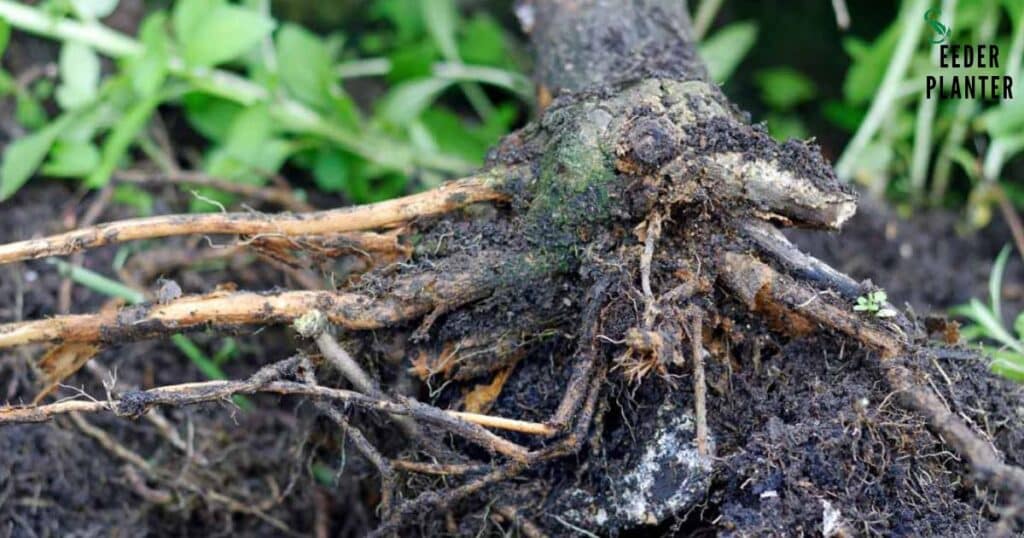
Symptoms:Yellowing leaves, wilting, and dieback. May see fungal growth at the base of the tree.
Cure:Improve drainage in the soil, avoid overwatering, and remove affected trees to prevent the spread of the disease. Fungicides may be used preventively.
3.Nut Weevils
Symptoms:Infested nuts, holes in the shells.
Cure:Pesticides can be used, but integrated pest management practices are essential. Harvest fallen nuts promptly and destroy infested nuts to reduce the weevil population.
4.Leaf Spot Diseases
Symptoms:Dark spots on leaves, yellowing, premature leaf drop.
Cure:Apply fungicides as a preventive measure, especially during periods of high humidity. Ensure proper spacing of trees for good air circulation.
5.Scale Insects
Symptoms:Sticky honeydew on leaves, sooty mould growth, stunted growth.
Cure:Use insecticidal soaps or horticultural oils to control scale insects. Encourage natural predators like ladybugs.
6.Gall Wasp Infestation
Symptoms: Abnormal growths (galls) on leaves, shoots, or buds.
Cure: Prune and destroy affected branches, use insecticides if necessary. Regular inspection and early intervention are crucial.
7.Environmental Stress
Symptoms: Yellowing leaves, stunted growth.
Cure: Ensure proper watering, especially during dry periods. Mulch around the base of the tree to retain moisture and regulate soil temperature.
8.Deer Damage
Symptoms:Bark damage, broken branches.
Cure:Use fencing or tree guards to protect young trees from deer. Prune and treat
Harvesting Chestnuts from Mature Trees
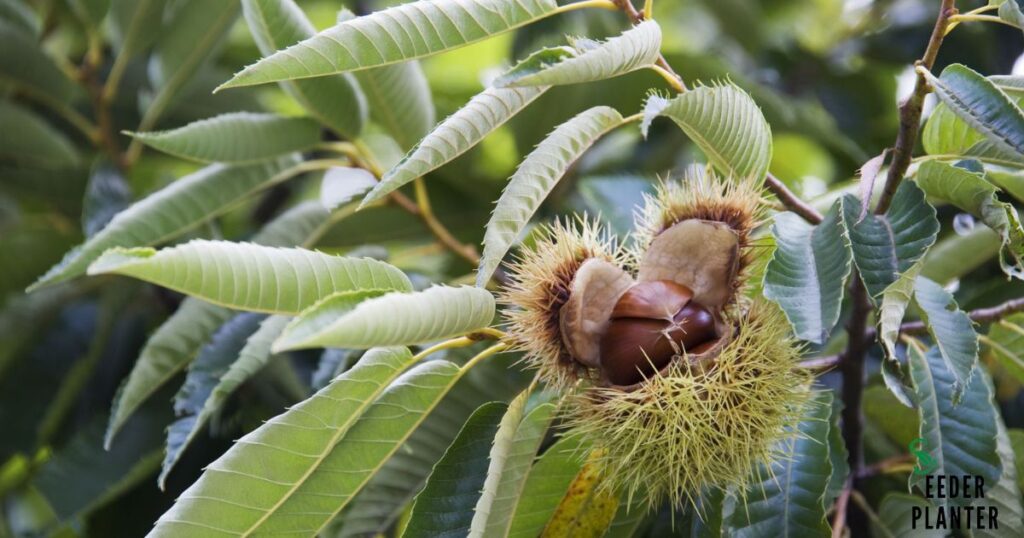
- Harvesting chestnuts from mature trees involves careful timing and handling to ensure the best quality nuts. Here’s a step-by-step guide for harvesting chestnuts.
Determine Ripeness
- Chestnuts are ready for harvest when the outer husk or burr starts to split open, exposing the nut inside.
- The nuts should be plump and have a shiny, glossy appearance.
Timing
- Harvest usually occurs in the fall, typically from late September to early November, depending on the chestnut variety and local climate.
- Monitor the chestnuts closely and harvest when the husks begin to open, but before they fully fall to the ground.
Gather Supplies
- Wear gloves to protect your hands from the sharp spines on the husks.
- Bring baskets or bags for collecting the harvested chestnuts.
Harvesting
- Use a long pole or similar tool to carefully knock the chestnuts off the tree. Avoid using excessive force to prevent damage to the nuts.
- Alternatively, you can wait until the nuts fall naturally, but this may increase the risk of pests or rodents getting to them first.
Collecting
- Gather the fallen chestnuts from the ground, making sure to include only those with intact husks.
- Discard any nuts with visible signs of disease or damage.
Removing Husks
- After harvesting, remove the outer husks or burrs from the chestnuts.
- Wear gloves to protect your hands from the prickly husks.
Curing
- Allow the chestnuts to cure for a few days to a few weeks in a well-ventilated area with moderate humidity.
- Curing helps improve flavour and makes the nuts easier to peel.
Storing
- Store the cured chestnuts in a cool, dry place.
- Chestnuts can be stored in a mesh bag or a well-ventilated container in the refrigerator for several weeks. For longer-term storage, consider freezing or roasting and then freezing.
Processing
- Before using, cut a small slit in the shell to prevent them from bursting during cooking.
- Chestnuts can be roasted, boiled, or used in various culinary applications.
Remember that harvesting chestnuts at the right time and handling them properly are crucial for the best flavour and quality. Additionally, be aware of any local regulations or guidelines related to chestnut harvesting in your area.
Frequently Asked Questions
What are common symptoms of chestnut blight?
Common symptoms include sunken cankers, orange-brown spore masses, and wilting of branches.
How can chestnut root rot be addressed?
Improve soil drainage, avoid overwatering, and consider the use of fungicides; remove affected trees promptly.
What is a common sign of nut weevil infestation in chestnut trees?
Infested nuts with holes in the shells are a common sign of nut weevil presence.
How can chestnut trees be protected from deer damage?
Use fencing or tree guards to protect young trees from deer, and promptly treat any bark damage or broken branches.
Conclusion
In the humble act of planting a chestnut tree from seed, one engages in a timeless ritual that intertwines with the threads of nature’s grand tapestry. From the unassuming seed emerges a promise of resilience, growth, and the enduring cycle of life. It is a gesture that transcends the present moment, extending a bridge between generations.
As the seed takes root, it embodies the hope for a future where mighty branches will stretch towards the sky, and bountiful nuts will be cradled in its embrace. Each leaf whispers tales of seasons passed and those yet to unfold. Planting a chestnut tree from seed is an investment in the legacy of our Earth.

I am Alexander James, a seasoned professional with 4 years of expertise, brings passion and skill to every project. Elevate your experience with my knowledge and creativity.
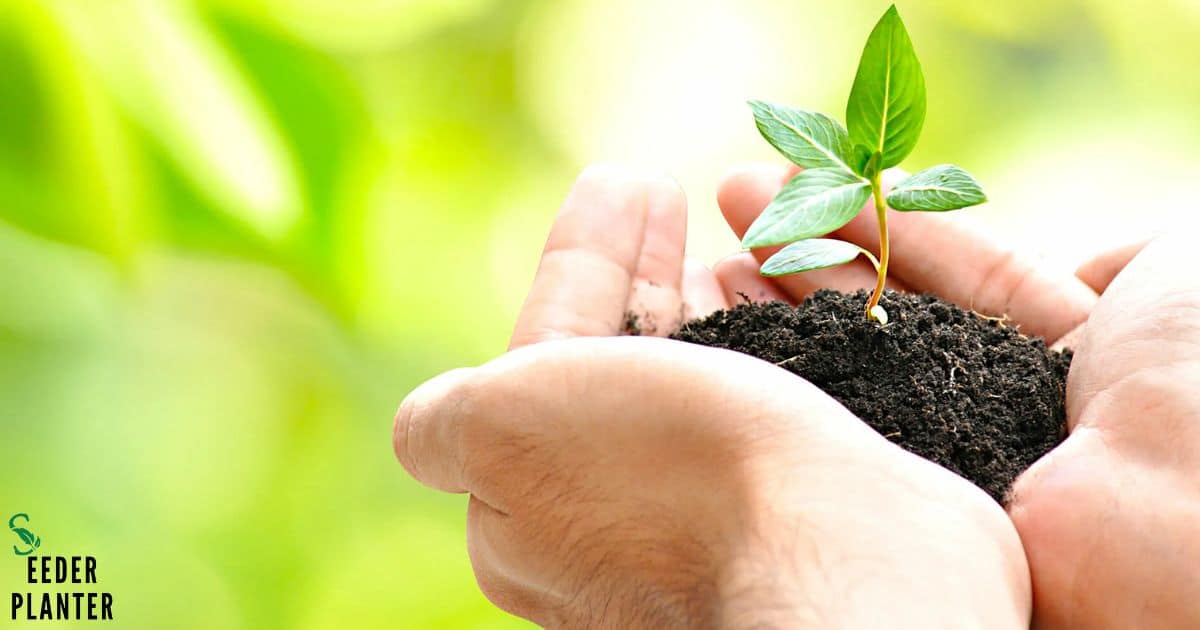

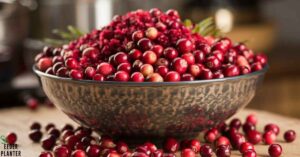
![Hollyhock Seeds: The Complete Guide to Success [2024]](https://seederabout.com/wp-content/uploads/2024/10/Hollyhock-Seeds-The-Complete-Guide-to-Success-2024-300x157.jpg)
